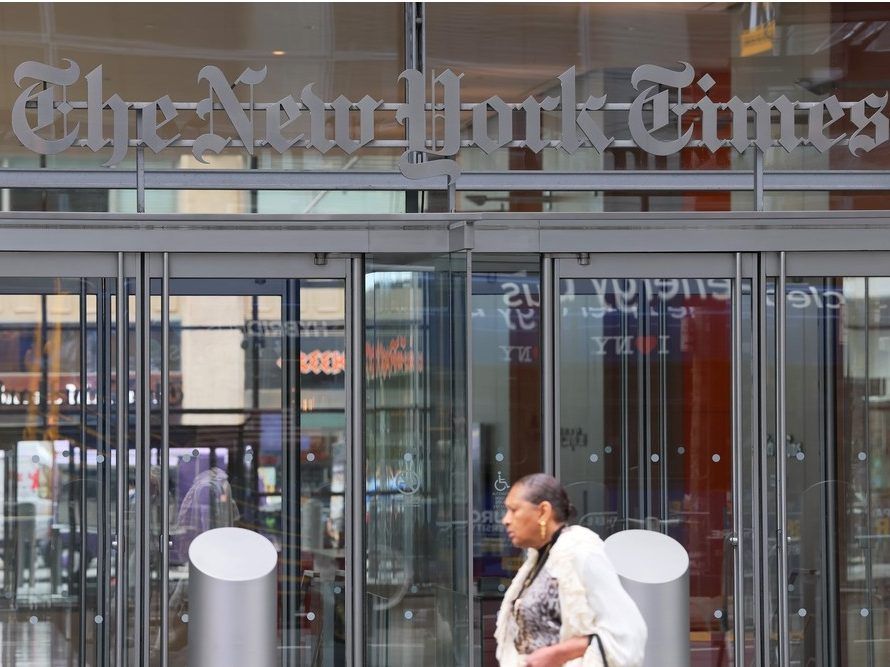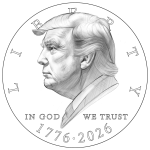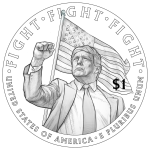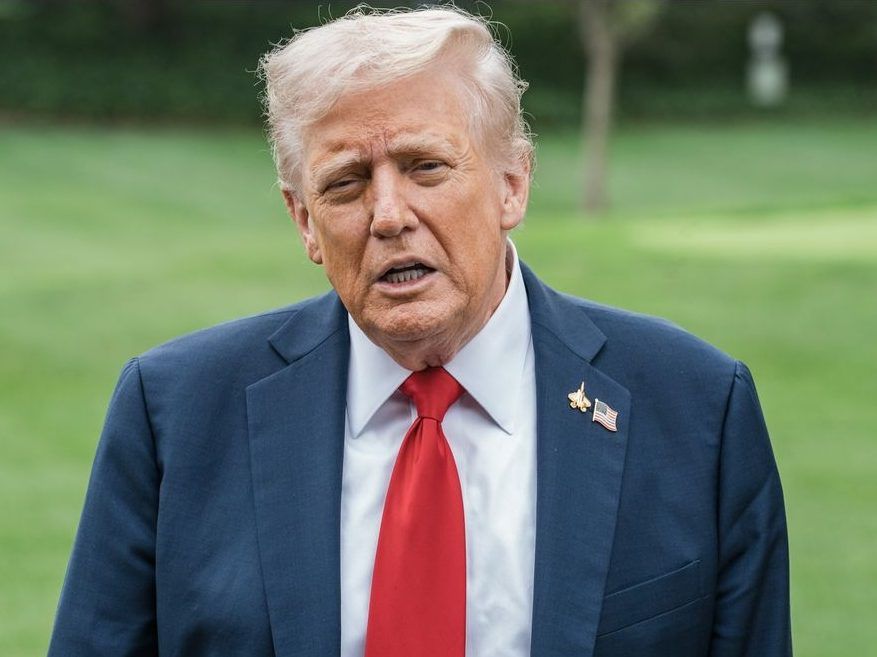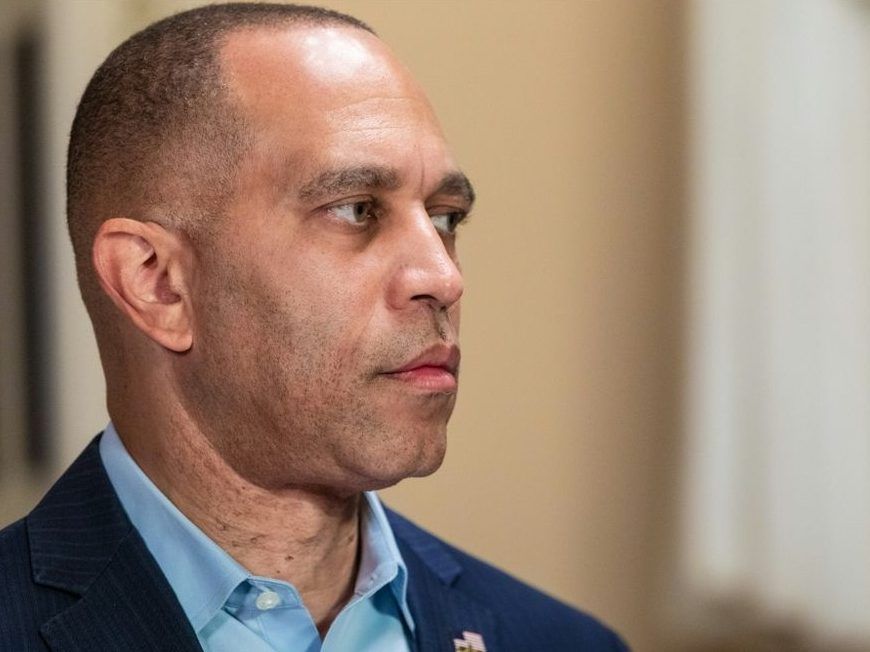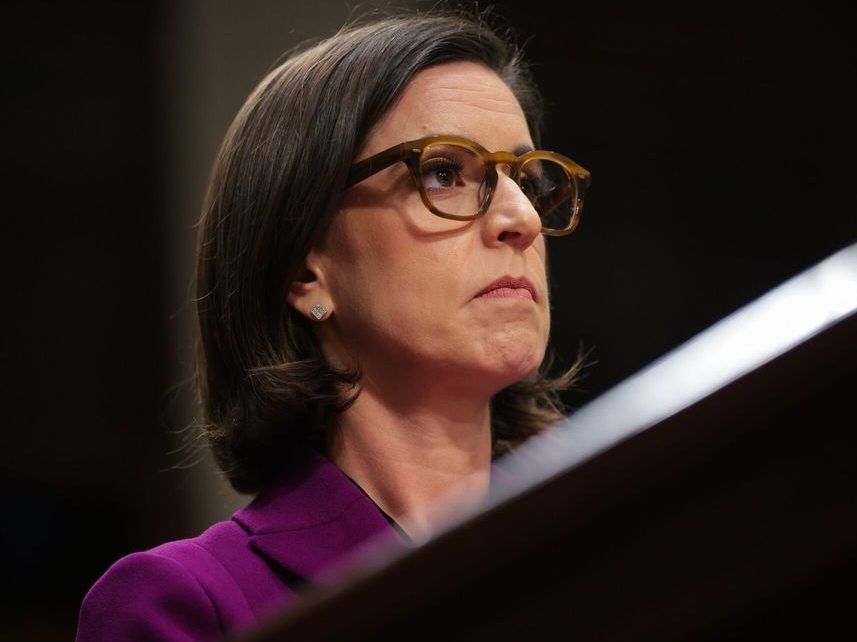DNA on rifle, other items matches man accused of Trump plot, FBI analyst testifies
Author of the article:Associated Press
Associated Press
David Fischer
Published Sep 16, 2025 • 2 minute read
In this image released by the Martin County, Fla., Sheriff's Office, law enforcement officers arrest Ryan Wesley Routh, a man suspected in an apparent assassination attempt of Donald Trump, Sept. 15, 2024.
In this image released by the Martin County, Fla., Sheriff's Office, law enforcement officers arrest Ryan Wesley Routh, a man suspected in an apparent assassination attempt of Donald Trump, Sept. 15, 2024. Photo by Martin County Sheriff's Office via AP, File /AP
DNA sampled from a rifle, as well as multiple other items, found near where President Donald Trump was playing golf in South Florida last year matches that of a man accused of trying to assassinate Trump that day, an FBI analyst testified Tuesday.
Tuesday was the fourth day of testimony in the trial of Ryan Routh, who prosecutors said spent weeks plotting to kill Trump before aiming a rifle through the shrubbery as Trump played golf on Sept. 15, 2024, at his West Palm Beach country club.
Routh has pleaded not guilty to charges of attempting to assassinate a major presidential candidate, assaulting a federal officer and several firearm violations.
U.S. District Judge Aileen Cannon had initially blocked off more than three weeks for trial at the Fort Pierce federal courthouse. But prosecutors have said they should be able to rest their case by Thursday, and Routh’s witnesses have been subpoenaed to appear by Friday.
Prosecutors continued to call expert witnesses on Tuesday, according to local news outlets. A ballistics expert testified about two metal plates found mounted to the golf course fence, which would have been nearly impossible for handgun rounds to penetrate. Investigators believe Routh had planned to use the plates for cover.
One analyst testified that Routh was a potential DNA contributor to more than two dozen items collected from the crime scene, including an SKS rifle. Another expert described how Routh’s Google and Facebook accounts were logged in to several phones recovered from his SUV and contained location data that tracked his movements over the weeks leading up to the attempted attack.
Routh has indicated that he plans to call a firearms expert, as well as several character witnesses. He hasn’t said whether he plans to testify himself.
Recounting the incident at the Trump International Golf Club, a Secret Service agent testified last week that he spotted Routh before Trump came into view. Routh aimed his rifle at the agent, who opened fire, causing Routh to drop his weapon and flee without firing a shot.
Law enforcement obtained help from a witness who testified that he saw a person fleeing the area after hearing gunshots. The witness was then flown in a police helicopter to a nearby interstate where Routh was arrested, and the witnesses said he confirmed it was the person he had seen.
Just nine weeks earlier, Trump had survived an attempt on his life while campaigning in Pennsylvania. That gunman had fired eight shots, with one bullet grazing Trump’s ear, before being fatally shot by a Secret Service counter sniper.
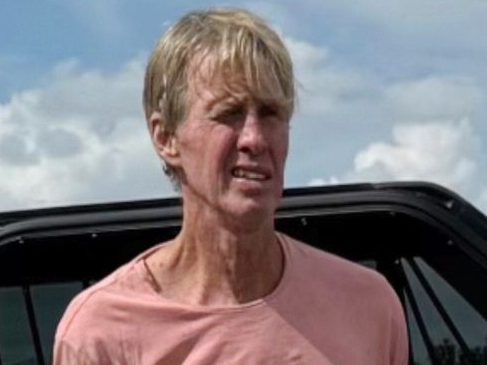
 torontosun.com
torontosun.com
Author of the article:Associated Press
Associated Press
David Fischer
Published Sep 16, 2025 • 2 minute read
In this image released by the Martin County, Fla., Sheriff's Office, law enforcement officers arrest Ryan Wesley Routh, a man suspected in an apparent assassination attempt of Donald Trump, Sept. 15, 2024.
In this image released by the Martin County, Fla., Sheriff's Office, law enforcement officers arrest Ryan Wesley Routh, a man suspected in an apparent assassination attempt of Donald Trump, Sept. 15, 2024. Photo by Martin County Sheriff's Office via AP, File /AP
DNA sampled from a rifle, as well as multiple other items, found near where President Donald Trump was playing golf in South Florida last year matches that of a man accused of trying to assassinate Trump that day, an FBI analyst testified Tuesday.
Tuesday was the fourth day of testimony in the trial of Ryan Routh, who prosecutors said spent weeks plotting to kill Trump before aiming a rifle through the shrubbery as Trump played golf on Sept. 15, 2024, at his West Palm Beach country club.
Routh has pleaded not guilty to charges of attempting to assassinate a major presidential candidate, assaulting a federal officer and several firearm violations.
U.S. District Judge Aileen Cannon had initially blocked off more than three weeks for trial at the Fort Pierce federal courthouse. But prosecutors have said they should be able to rest their case by Thursday, and Routh’s witnesses have been subpoenaed to appear by Friday.
Prosecutors continued to call expert witnesses on Tuesday, according to local news outlets. A ballistics expert testified about two metal plates found mounted to the golf course fence, which would have been nearly impossible for handgun rounds to penetrate. Investigators believe Routh had planned to use the plates for cover.
One analyst testified that Routh was a potential DNA contributor to more than two dozen items collected from the crime scene, including an SKS rifle. Another expert described how Routh’s Google and Facebook accounts were logged in to several phones recovered from his SUV and contained location data that tracked his movements over the weeks leading up to the attempted attack.
Routh has indicated that he plans to call a firearms expert, as well as several character witnesses. He hasn’t said whether he plans to testify himself.
Recounting the incident at the Trump International Golf Club, a Secret Service agent testified last week that he spotted Routh before Trump came into view. Routh aimed his rifle at the agent, who opened fire, causing Routh to drop his weapon and flee without firing a shot.
Law enforcement obtained help from a witness who testified that he saw a person fleeing the area after hearing gunshots. The witness was then flown in a police helicopter to a nearby interstate where Routh was arrested, and the witnesses said he confirmed it was the person he had seen.
Just nine weeks earlier, Trump had survived an attempt on his life while campaigning in Pennsylvania. That gunman had fired eight shots, with one bullet grazing Trump’s ear, before being fatally shot by a Secret Service counter sniper.

DNA on rifle, other items matches man accused of Trump plot, FBI analyst testifies
Tuesday was the fourth day of testimony in the trial of Ryan Routh, who prosecutors said spent weeks plotting to kill Trump.

